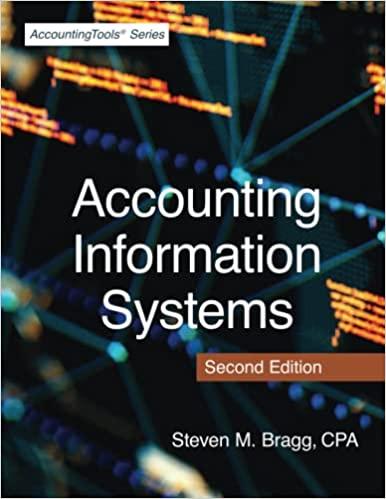Question
1) The three major influences on pricing decisions are: costs, competitors, and customers. TRUE FALSE 2) The three major influences on pricing decisions are A)
1) The three major influences on pricing decisions are: costs, competitors, and customers.
TRUE FALSE
2) The three major influences on pricing decisions are
A) competition, costs, and customers.
B) competition, demand, and production efficiency.
C) continuous improvement, customer satisfaction, and a dual internal/external focus.
D) variable costs, fixed costs, and mixed costs.
E) economic, qualitative, and costs.
3) Pricing for one-time-only special orders is, typically
A) a pricing decision using the time horizon.
B) a short-run decision.
C) a long-run decision.
D) higher in variable costs than usual.
E) based on fixed costs alone.
4) Target pricing is based on
A) engineered cost.
B) variable manufacturing and nonmanufacturing costs.
C) full product cost.
D) what customers are willing to pay.
E) full manufacturing cost.
Chapter 13 Strategy, Balanced Scorecard, and Profitability Analysis
1 Explain how the relative strength of competitive forces help managers identify strategic alternatives.
5) Strategies have been classified in many different ways, but what is common is to set the business within its external environment.
TRUE FALSE
6) ________ has/have been classified in many ways, but what is common is to set the business within its external environment.
A) Strategies
B) Planning
C) Competitors
D) Bargaining power of input suppliers
E) Cost Leadership
7) Which of the following is NOT a force that shapes an organization's competitive environment?
A) competitors
B) equivalent products
C) bargaining power of customers
D) government regulation
E) potential entrants into the market
Chapter 14 Period Cost Allocation
1 Understand the four purposes for period cost allocation and the four criteria to justify the method chosen to allocate the non-manufacturing period costs.
8) The allocation of one particular cost must satisfy all four justifications of cost allocation.
TRUE FALSE
9) Indirect costs typically constitute a large percentage of the costs assigned to cost objects.
TRUE FALSE
10) Full product costing requires the recovery of all costs generated by all business functions in the value chain.
TRUE FALSE
11) The costs of designing and implementing sophisticated cost allocation systems are usually not very visible.
TRUE FALSE
Chapter 15 Cost Allocation: Joint Products and Byproducts
1 Distinguish among different types of saleable products, scrap and toxic waste.
12) Joint costs are incurred beyond the splitoff point and are assignable to individual products.
TRUE FALSE
13) A byproduct has a minimal sales value.
TRUE FALSE
14) Scrap frequently has a zero sales value.
TRUE FALSE
Chapter 15 Cost Allocation: Joint Products and Byproducts
1 Distinguish among different types of saleable products, scrap and toxic waste.
15) Joint costs are incurred beyond the split off point and are assignable to individual products.
TRUE FALSE
Step by Step Solution
There are 3 Steps involved in it
Step: 1

Get Instant Access to Expert-Tailored Solutions
See step-by-step solutions with expert insights and AI powered tools for academic success
Step: 2

Step: 3

Ace Your Homework with AI
Get the answers you need in no time with our AI-driven, step-by-step assistance
Get Started


